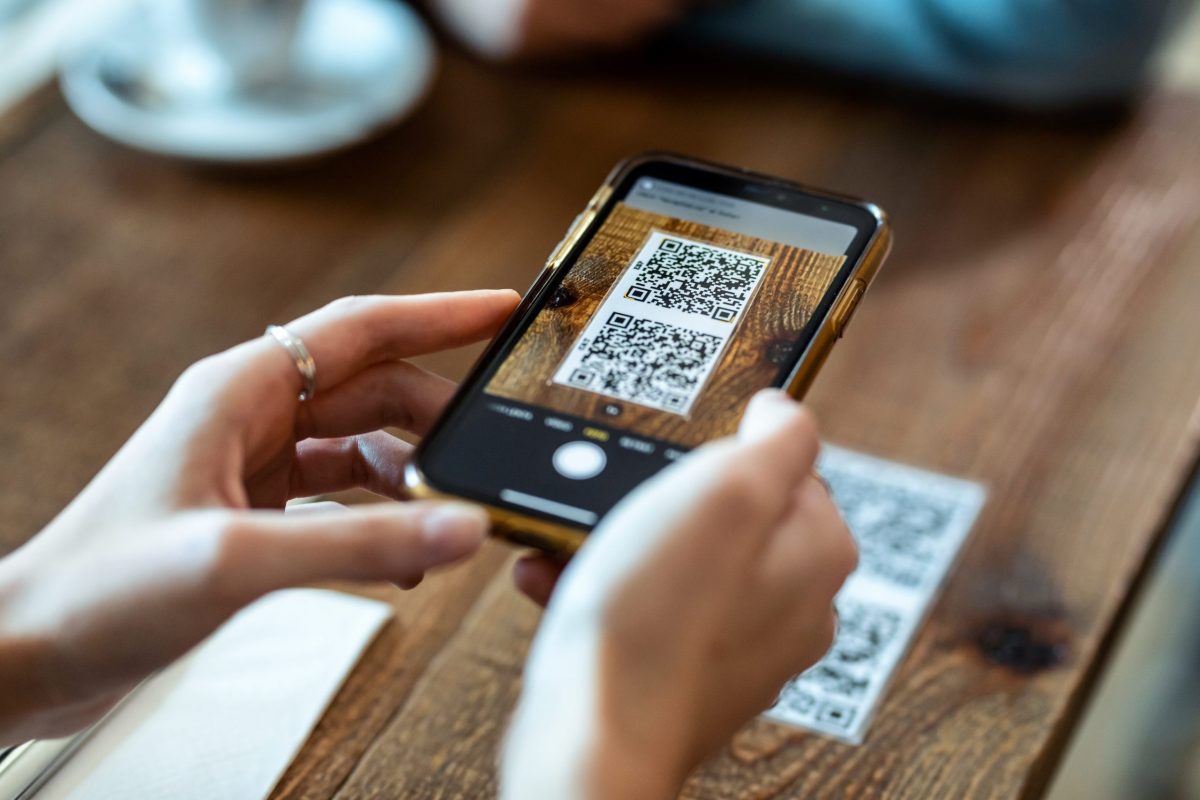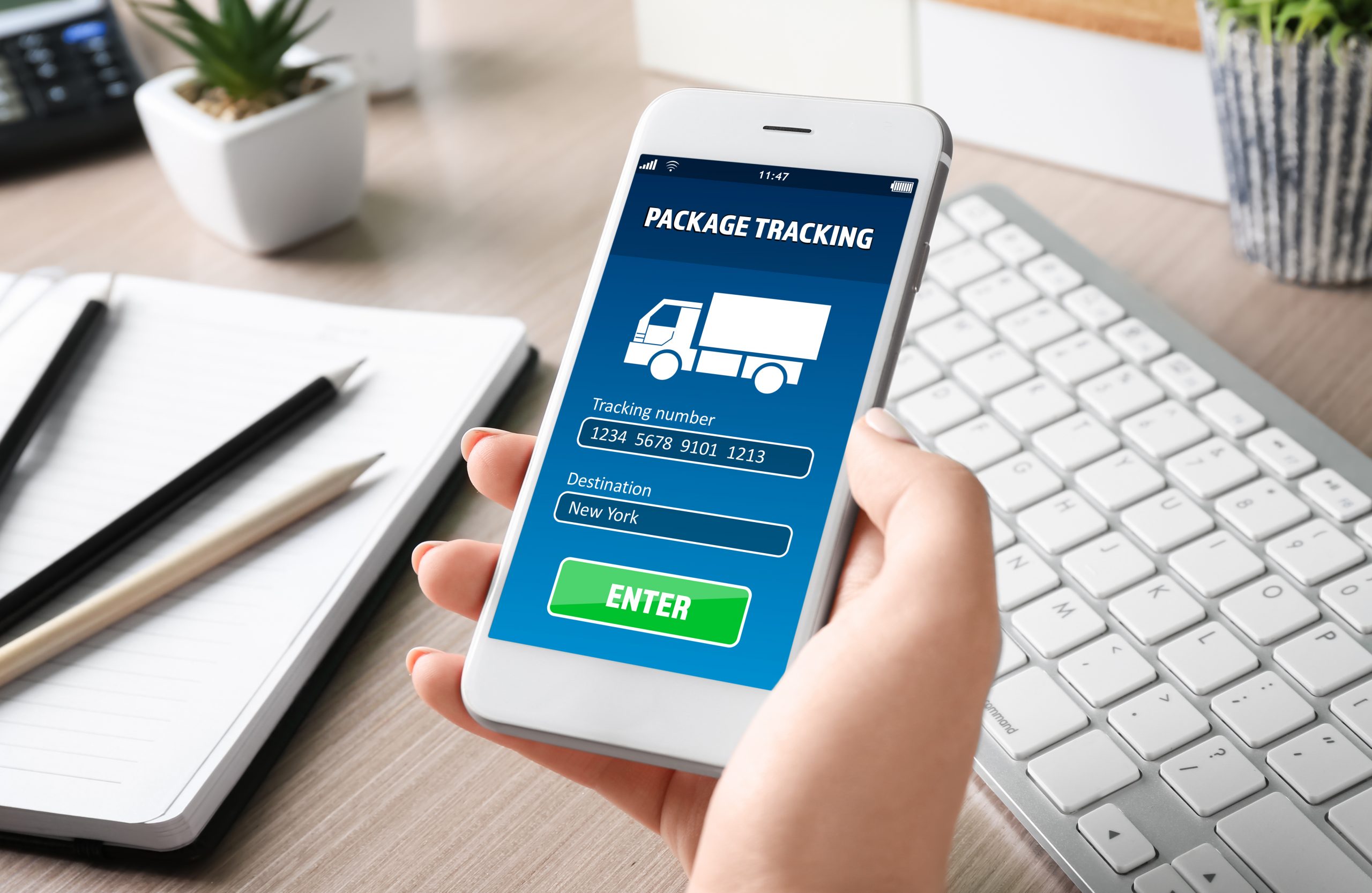Fraudulent QR Codes
Security

QR codes: use them, but know that scammers are using them, too.
QR codes aren’t new, but the pandemic certainly fast-tracked their popularity. Now they seem to be everywhere: restaurants, medical clinics, schools and theaters. One quick snapshot takes you right to the website you need to shop, follow, order, learn or check in.
For now, at least, QR codes are here to stay and they are a helpful and time-saving tool.
But – no surprise – scammers also see the value in these convenient little squares. At the other end of some QR code links could be harmful websites, where someone is waiting patiently to steal your personal information.
There are steps you can take to make sure the QR code you’re scanning is safe. Remember:
- QRs can be “spoofed,” or made to look legitimate with just a small difference to trick your eye. If you scan a code from an unfamiliar source, look closely at the associated web address for a misspelling, letter out of order or other abnormality. (The web address will pop up on your phone screen once it focuses on the code.) If something seems off, do not proceed.
- Keep your phone’s operating system updated to protect it from hackers.
- Use strong passwords and multi-factor authentication for your online accounts.
- Be extra-careful if you receive a QR code in an unexpected email or text message. Don’t scan the code; go straight to the company’s website or call them instead.
Read more on this topic at the Federal Trade Commission’s website.









